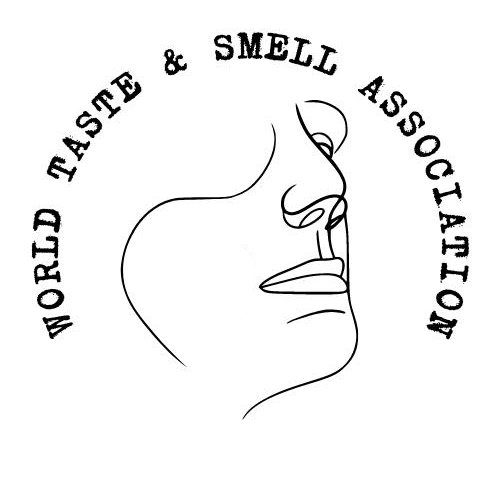Taste and Our Oral Microbiome
By Kiara Hallinan
Besides the cultural relevance that food provides, biologically speaking, no swig of a drink or bite of a meal is shared solely with your own cells. The human body is a host to several microbiomes, or communities of microscopic organisms, and every taste experience is influenced especially by the most stable of them all - the one found just past your lips.
When you think about it, the mouth seems like the perfect place for life to grow. There is an abundance of circulating nutrients and water, and the divots found along our tongue allow biofilms - colonies of bacteria that adhere to a surface with a casing of self made slime - to proliferate as they might in a stream ecosystem. From birth on, your mouth has been collecting and cultivating species of bacteria, fungi and more in order to create a balanced group that assists with everything from the most obvious - digestion - to more complex interactions in order to differentiate the mucosa of the host and its immune system. Without this group of organisms, daily functions of our initial digestive system would be largely lost.
Within the last several years, our understanding of this internal ecosystem has expanded to include its prominence over taste perception. The location of the biofilm already poses a physical barrier between taste receptors on the tongue and tastants, particles from food that induce a taste response. The depth of this layer can impact how far these chemicals can penetrate, thus determining the strength of the taste response elicited. Additionally, the metabolism exhibited by the species existing within these spaces can alter the chemistry of some tastants before they can reach the receptors, leading to a modified taste experience.
The biofilm layer over the tongue, while typically thin enough to not be noticeable to an individual, can build up over time with lack of care. An accumulation of salivary byproducts and oral debris, combined with either a lack of adequate hydration or manual removal can lead to a thicker layer that can’t be removed with the normal shedding of the tongue’s outer layer of epithelium. Not only can this affect one’s quality of life due to its impact on one’s consumption of food, it could also have larger health impacts as this plaque makes its way onto the other surfaces of the mouth, causing inflammation and decay.
Because of this, it is all the more essential that one ensures that they are taking care of their oral health. Daily care comes in the form of brushing one’s teeth twice a day and flossing once at night before brushing, with an extra emphasis on tongue scraping at each of these instances in order to unlock one’s taste pores. Stay hydrated, eat a balanced diet, and avoid smoking. Take care of yourself and your body will take care of you!
Want to read more? Here are some resources:
https://www.nidcr.nih.gov/health-info/oral-hygiene
https://pmc.ncbi.nlm.nih.gov/articles/PMC6503789/
https://www.yourgumspecialist.com/oral-health-care/tongue-tells-4-signs-poor-oral-hygiene
